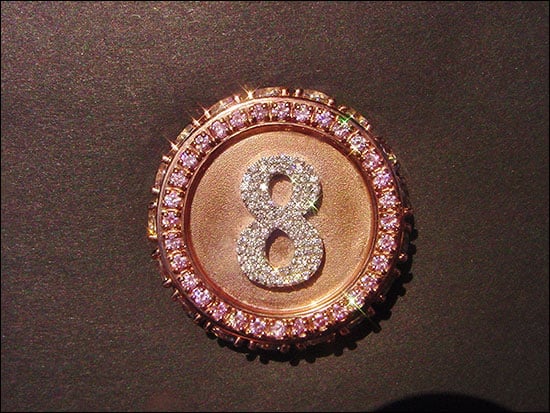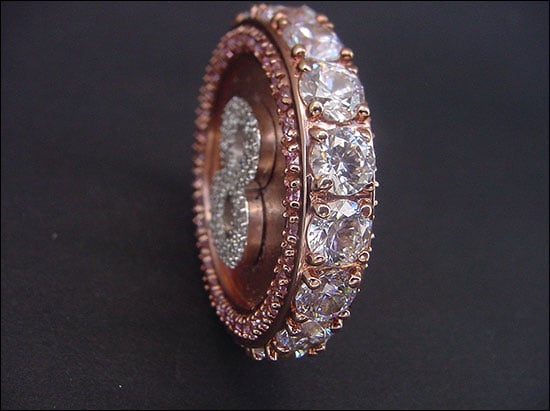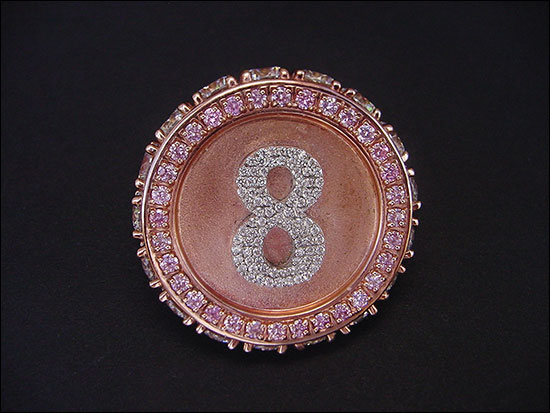As the honour of being a recipient of the “Guinness World records” I
am now asking anyone who is starting out in the jewellery field. do
one thing for me. and that is to learn gemstone setting.
It is so-o important in making Cad drawings, selecting your
gem-stones and arranging for spacing among the stones you need. This
honour is slowly sinking in and now my mind is starting to realize
how important Diamond Setting really is.
I’ve seen on many occasions some Cad designers really mess up a
pattern & then cast it in gold. then discover it can’t be set.
because the cad-drawer didn’t understand setting of stones. Its akin
to a jeweller trying in vain to make a ring in Platinum, but with no
tools.
The Diamond Setting skill teaches you to observe and direct the cad
person to place and form the correct size of prongs/claws. I had one
student get mad at me in front of the class because she wanted some
stones placed anywhere she could get a hole drilled.
I asked her to listen to me about spacing, thickness of metal and
then the number of stones needed and sizes of those stones.
After 2 hours during an off-hours coffee break, she thanked me in
allowing me to resolve her problem. Lastly, to save her great looking
design, if not, it would have been scrapped or worse, cast & ruined.
Moral of this story; If I had no background in stone-setting of any
form, I wouldn’t have had my creation now reach this high plateau! I
don’t care how long it takes, or where you learn this craft/skill
…but it has to be learned!! Thanks for reading this important
essay!!! Gerry Lewy


